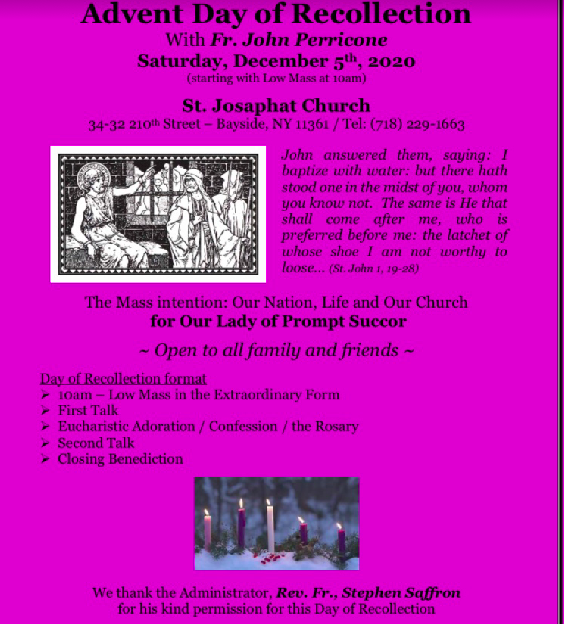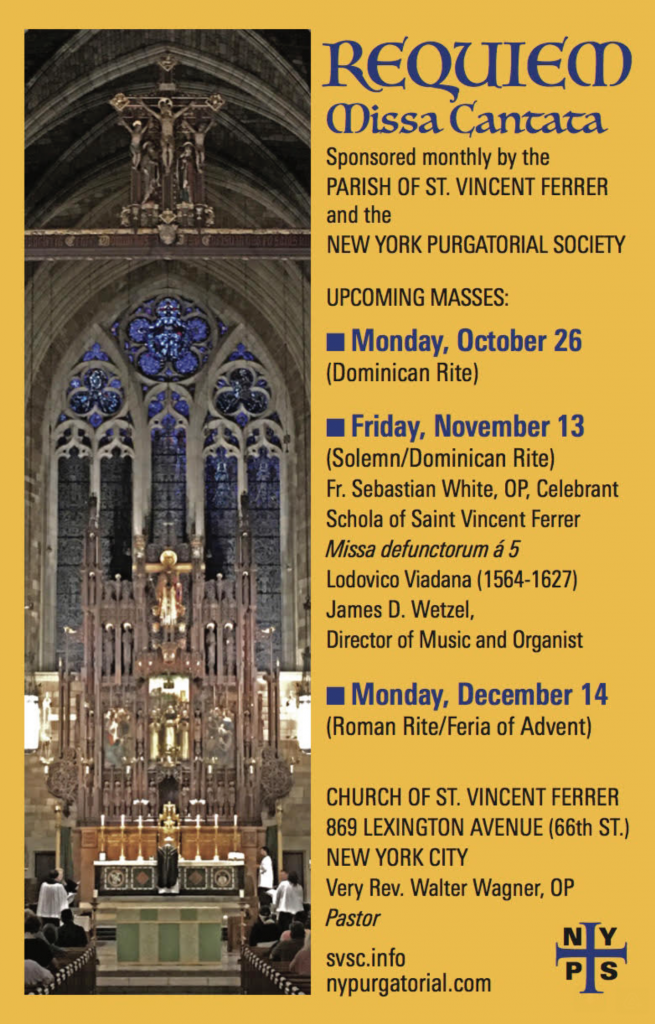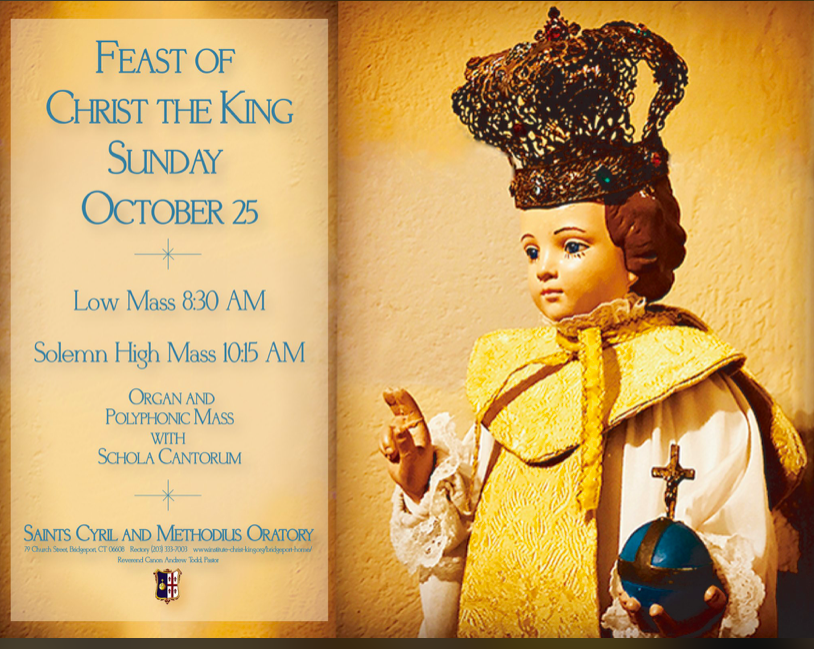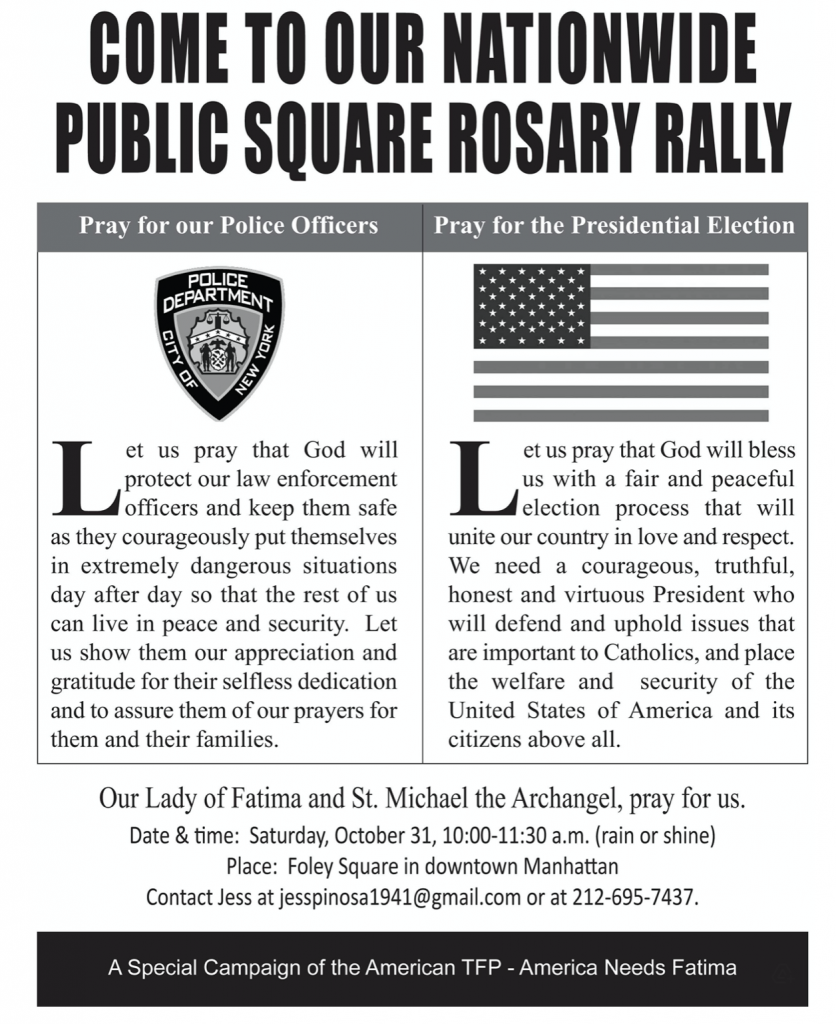
30
Oct

30
Oct
All Souls Day Masses
Posted by Stuart Chessman
This Monday, November 2, is the Feast of All Souls Day. The following churches will be offering traditional requiem Masses.
St. Mary Church, Norwalk, CT, Low Mass, 8 am, Solemn Mass, 7 pm. Following Mass there will be exposition of the Blessed Sacrament which will continue all night and all day Nov. 3, Election Day.
St John the Evangelist, Stamford, CT, Solemn Mass, 7:30 pm, Fr. Cyprian LaPastina, celebrant.
Sacred Heart Church, Georgetown, CT, 12 noon, Fr. Peter Lenox, celebrant.
St. Pius X, Fairfield, CT, Missa Cantata, 7 pm, Fr. Richard Cipolla, Celebrant.
St. Augustine Cathedral, Bridgeport, CT, Solemn Requiem Mass, 7 pm.
Sts. Cyril and Methodius Oratory, Bridgeport, CT, 7:45 low Mass, 6 pm Solemn Mass.
St. Patrick Parish and Oratory, Waterbury, CT, low Masses at 8 am and 8:40 am, High Mass at 6 pm. (on Nov. 3, 8 am, Requiem Mass for all deceased of the Institute of Christ the King)
St. Martha Church, Enfield, CT, 7 pm.
Church of the Holy Innocents, New York, NY, Low Mass 8 am, Missa Cantata 6 pm.
Pontifical Shrine of Our Lady of Mount Carmel, New York, NY, Missa Cantata, 7 pm.
St. Paul the Apostle Church, McLean Ave., Yonkers, NY, 12 noon.
Immaculate Conception, Sleepy Hollow, NY, Low Mass, 7 pm.
St. Josaphat Church, Bayside, Queens, NY, 7:30 pm
St. Matthew Church, Dix Hills, NY (Long Island), Missa Cantata, 12 noon.
St. Patrick Church, Glen Cove, NY (Long Island), Solemn Masss in the parish hall, 7 pm.
St. Paul Church, 14 Greenville Ave., Jersey City, sung Requiem Mass, 5 pm.
St. Mary’s on Broadway, Providence, RI: 6:15 AM, 7:00 AM, 7:45 AM, 11:00 AM, 5:30 PM, 6:30 PM
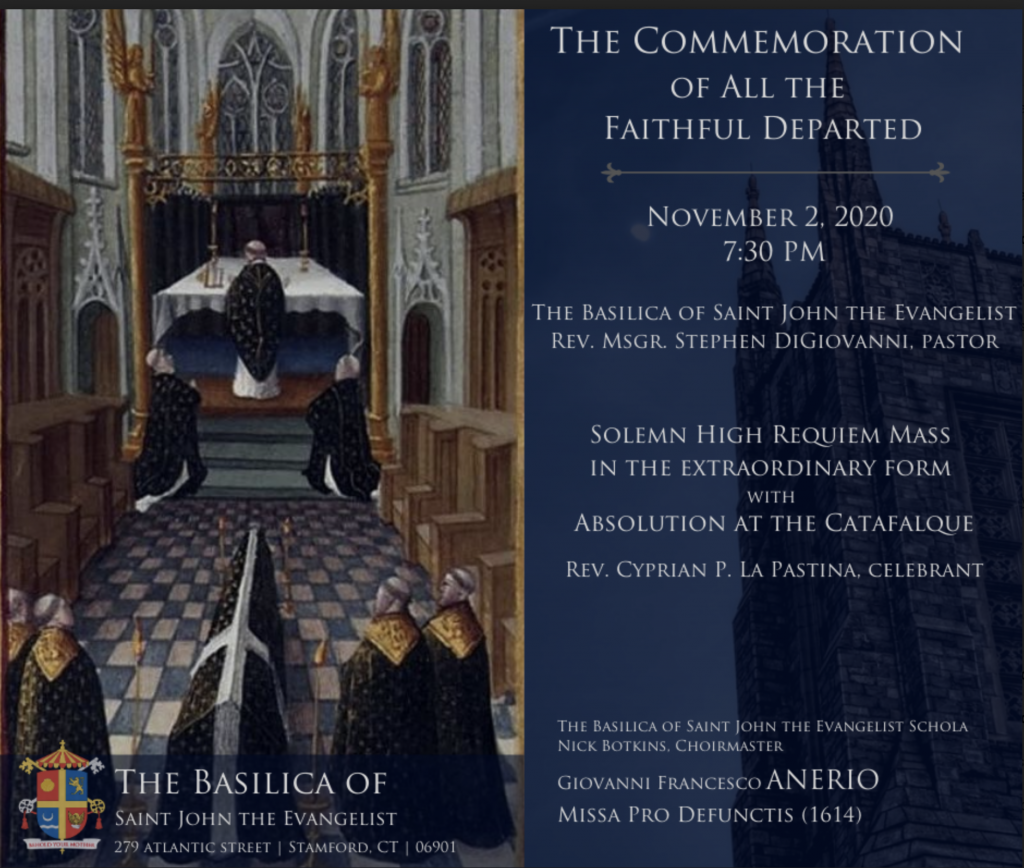
26
Oct
For the Feast of All Souls on Monday, November 2, Father Richard Cipolla will celebrate a sung Requiem Mass at St. Pius X Church in Fairfield, CT. at 7 pm.
24
Oct
Its wonderful to see the return of Forty Hours devotion to several churches in the area. At St. Patrick’s Church, Bridgeport, CT, the Cathedral Parish, Forty Hours devotion began on Thursday evening with a Solemn Mass. Below are pictures from the Mass of reposition, a Missa Cantata, today at 9 am. Forty Hours ended with a Eucharistic procession and benediction. Father Michael Novajosky, rector, was the celebrant.
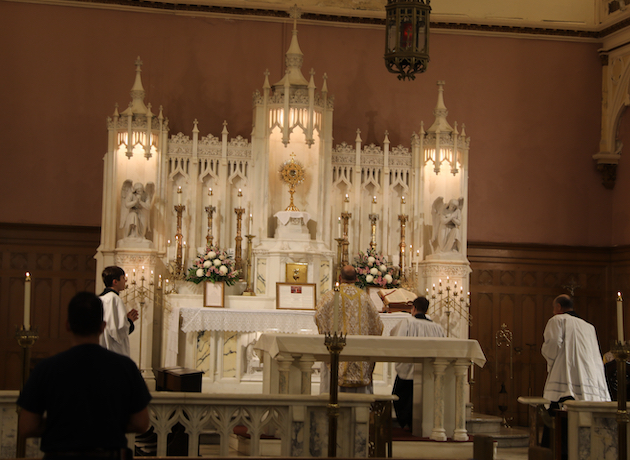
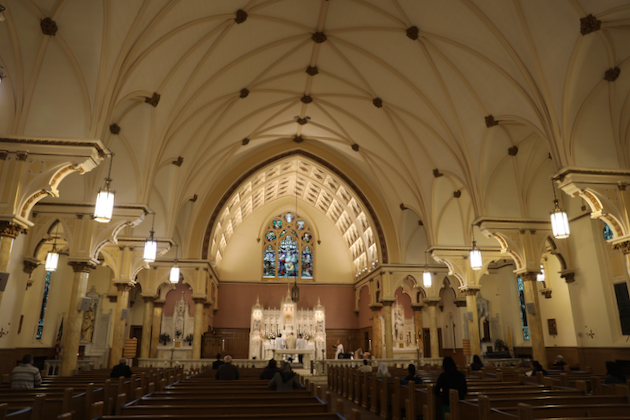
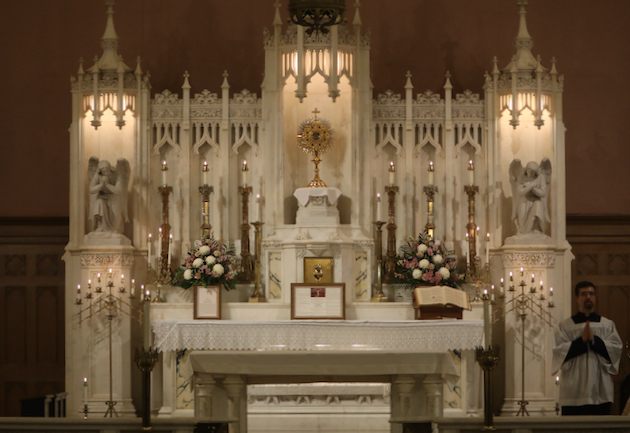
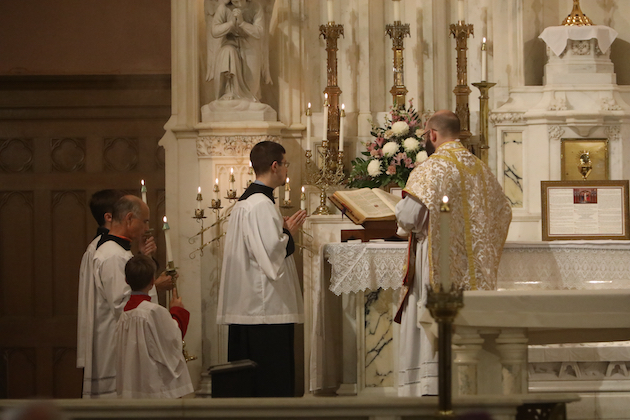
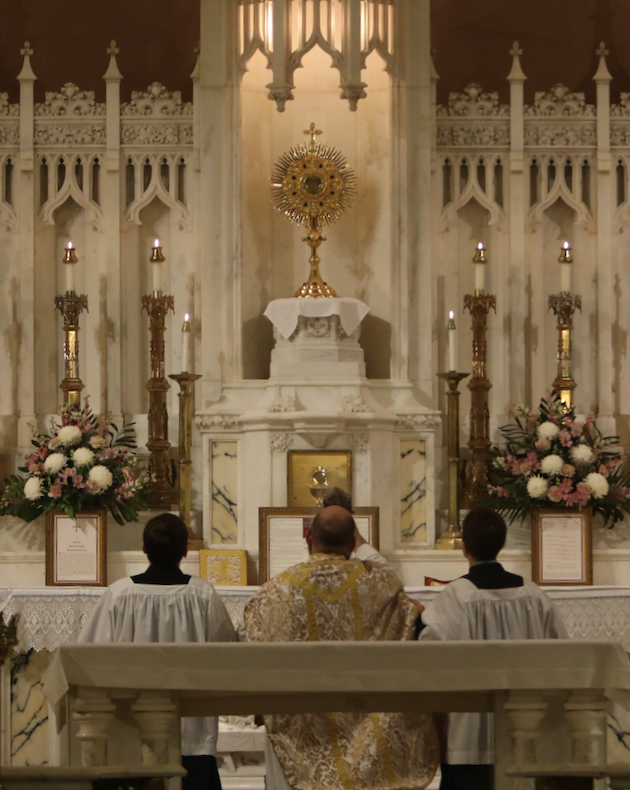
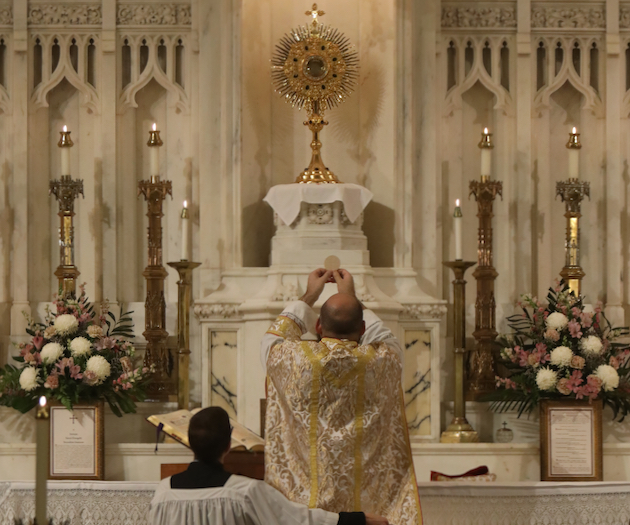
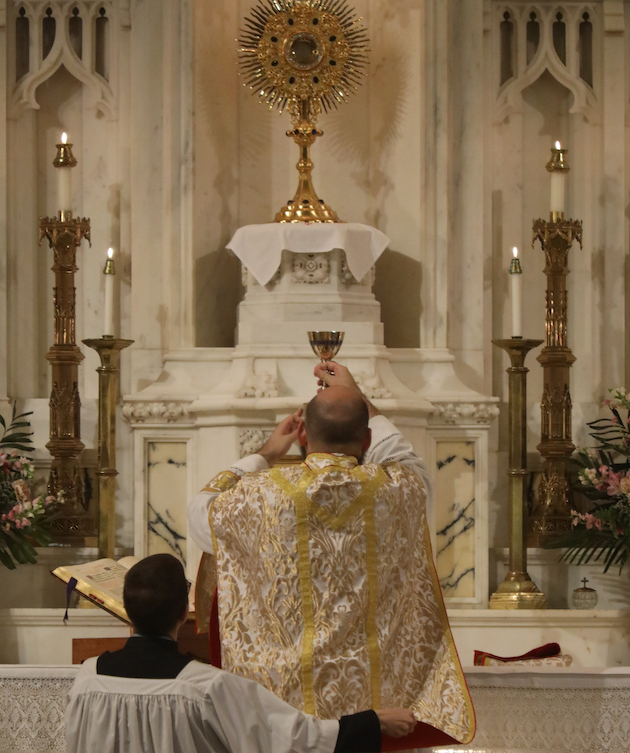
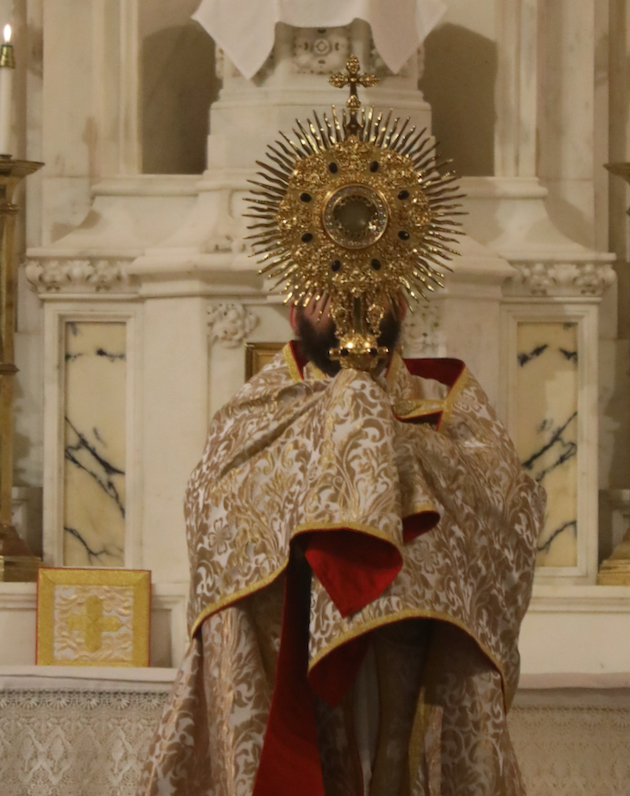
23
Oct
St. Paul the Apostle , McLean Avenue, Yonkers NY, will have a Forty Hour Devotion beginning on Sunday, Oct. 25 following the 12:15 Mass, continuing on Monday, Oct. 26 and then ending on Tuesday, Oct. 27th at 7 pm.
21
Oct
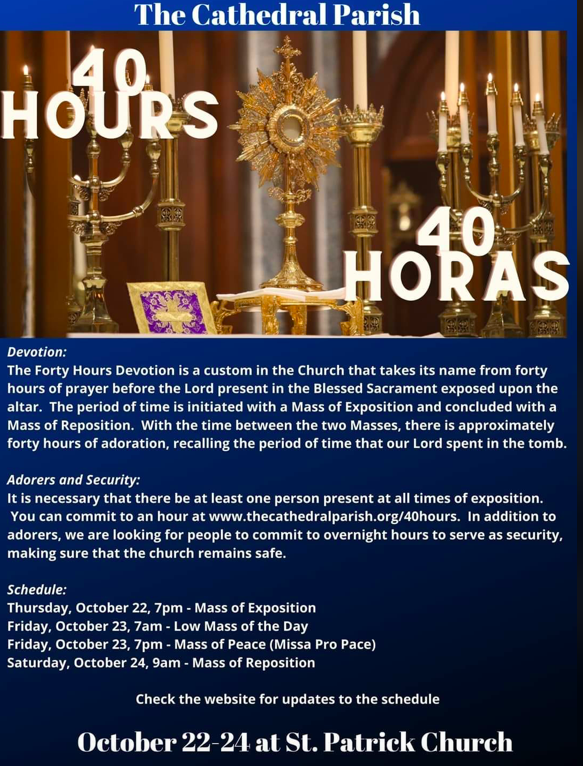
BIG news from the Cathedral Parish in Bridgeport, CT. The parish is having a 40 Hours Devotion starting tomorrow!
There will be three Solemn High Masses, all at St. Patrick Church in Bridgeport. Times:
Thursday, October 22nd at 7:00 PM: Votive Mass of the Holy Eucharist. Following this Mass the Blessed Sacrament will be exposed on the high altar.-
Friday, October 23rd at 7:00 PM: Traditional Missa Pro Pace (Mass of Peace)-
Saturday, October 24th at 9:00 AM: Another votive Mass of the Eucharist, followed by reposition of the Blessed Sacrament.
From the first Mass to the third one, Our Lord will be exposed on the altar, without interpretation. Come and pray at any time!
There will be the scheduledl Low Mass on Friday morning at 7:00 AM but it will take place on one of the side altars.
**Due to this event, there is no Low Mass at St. Pius X in Fairfield, Thursday at 7PM
21
Oct
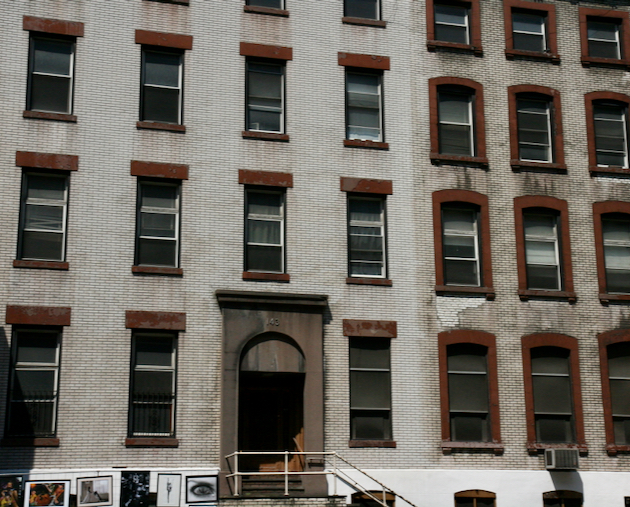
On October 8, I read this in Catholic New York:
Sister Mary John Burke, S.R.C.M., who was the last surviving member of the Sisters of Reparation of the Congregation of Mary, died Sept. 14. She was 90. Sister Mary John spent many of her early years serving in the convent at St. Zita’s Home for Friendless Women on 14th Street in Manhattan, where she assisted poor and homeless women.
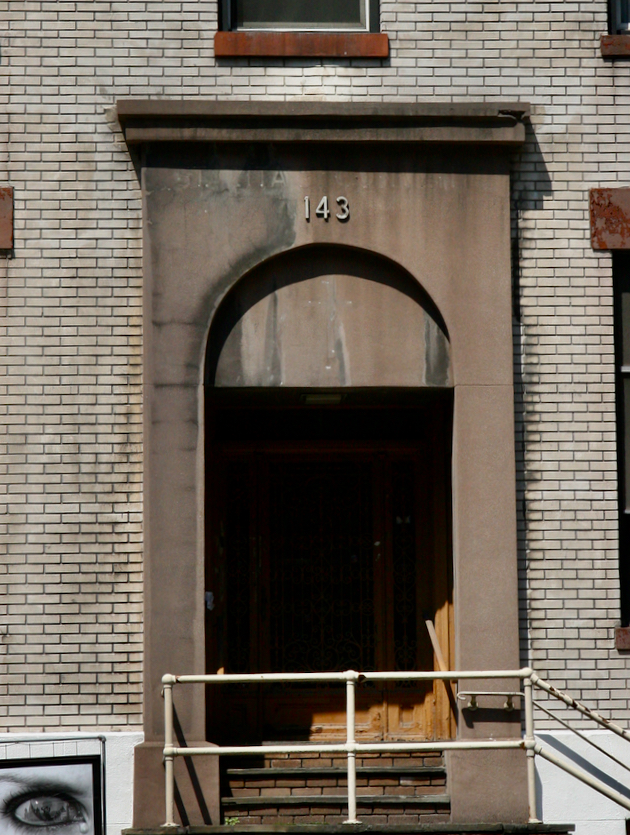
Up till about ten years ago, you could make out the faded words: “St Zita’s Convent” above the entrance to a nondescript, dilapidated structure on West 14th Street. The sisters had long abandoned the convent – the building had been sold to the Mormons in 2002. Yet, this had once been the home to one of New York’s rare home-grown religious congregations. Ellen O’Keefe founded St. Zita’s Home for Friendless Women in 1890. Later she founded the Sisters of Reparation of the Congregation of Mary to administer it.
Miss O’Keefe had always treasured the thought of forming a regular community for the perpetuation of her work and to make reparation to Our Savior in the Blessed Sacrament. Archbishop (Cardinal) Farley approved her institute in September 1903, under the title of the “Sisters of Reparation of the Congregation of Mary”. Miss O’Keefe was named superioress of the congregation under the title of Mother Zita, Katherine Dunne (Sister Mary Magdalen) taking the habit on her deathbed.
A sister always sleeps near the door, since it is a rule of the community that no one is to be refused admission at any hour, day or night; the observance of this rule frequently renders it necessary for the sisters to give up their own beds to their humble guests. The women are kept as long as they desire to stay; if able-bodied they must help in the laundry or at sewing, the sole support of the home; if ill, they are cared for or sent to the hospital. Catholic inmates are required to attend Mass on Sundays and holydays of obligation, but this is the sole distinction between the inmates of the different religions. The sisters also visit the poor in the hospitals and supply free meals to men out of employment. The number of women accommodated each night is from 100 to 125; the meals supplied to men out of work averages daily 65. (The Catholic Encyclopedia, Volume XV at 762 (The Encyclopedia Press, Inc., New York 1912)
In other words, these sisters were already doing things undertaken decades later by the Catholic Worker people – without the latter’s flair for publicity and political agitation. By the time the sisters set up shop on West 14th Street in 1903, this corner of Manhattan was fast becoming a dingy, decidedly low-rent part of town.
Yet, as in the case of so many other religious congregations, vocations to the Sisters of Reparation must have dried up in the post-Vatican II world. After selling the 14th Street convent ( “St. Zita’s Home for Friendless Women” had been closed several years earlier), the sisters moved to their last apostolate, appropriately enough, a retirement home for ladies, in Monsey, New York . There, Sister Maureen Francis O’Shea, the last mother superior and director of the adult care facility, died on March 18. She was 85. ( Brum, Robert, Monsey:Future of St. Zita’s Villa appears unertain following director’s death, Rockland Westchester Journal News, lohud, 7/17/2020.See also Pollak, Michael, F.Y.I.: A Place for the Friendless, The New York Times 9/4/2005)
And now, no sisters of this order are left at all. The death of the last sisters calls into question the future of the Monsey facility – today, its real estate value might well be considerable. But let’s reflect on the sisters of this small defunct order and the decades of unselfish work they gave. We are sure that they have their reward!
.
Contact us
Register
- Registration is easy: send an e-mail to contact@sthughofcluny.org.
In addition to your e-mail address, you
may include your mailing addresss
and telephone number. We will add you
to the Society's contact list.
Search
Categories
- 2011 Conference on Summorum Pontifcum (5)
- Book Reviews (98)
- Catholic Traditionalism in the United States (24)
- Chartres pIlgrimage (17)
- Essays (177)
- Events (679)
- Film Review (7)
- Making all Things New (44)
- Martin Mosebach (35)
- Masses (1,355)
- Mr. Screwtape (46)
- Obituaries (18)
- On the Trail of the Holy Roman Empire (23)
- Photos (348)
- Pilgrimage Summorum Pontificum 2021 (7)
- Pilgrimage Summorum Pontificum 2022 (6)
- Pilgrimage Summorum Pontificum 2023 (4)
- Sermons (79)
- St. Mary's Holy Week 2019 (10)
- St. Mary's Holy Week 2022 (7)
- St. Mary's Holy Week 2023 (7)
- St. Mary's Holy Week 2024 (6)
- Summorum Pontificum Pilgrimage 2024 (2)
- Summorum Pontificum Pilgrimage 2025 (7)
- The Churches of New York (198)
- Traditionis Custodes (49)
- Uncategorized (1,383)
- Website Highlights (15)
Churches of New York
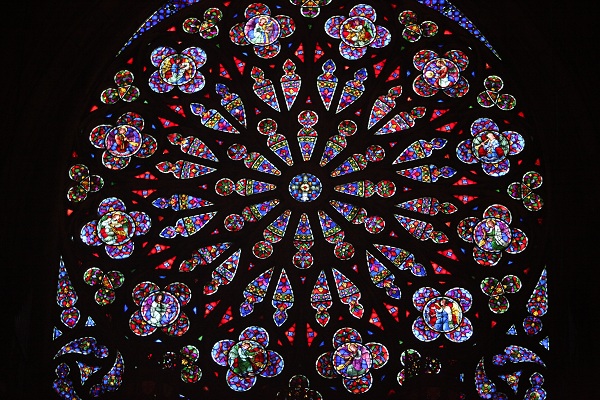
Holy Roman Empire
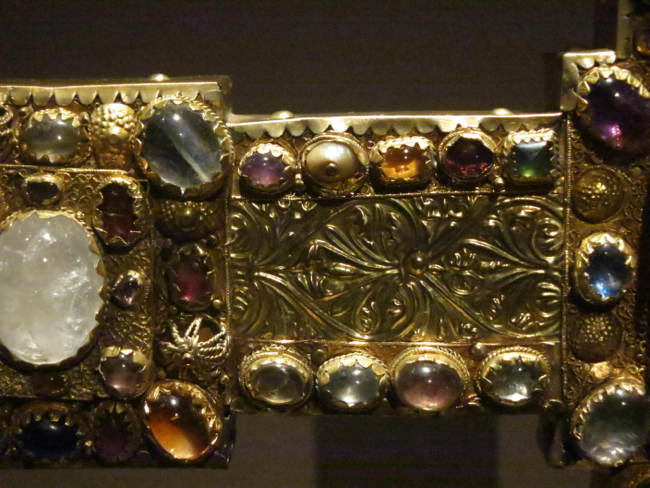
Website Highlights
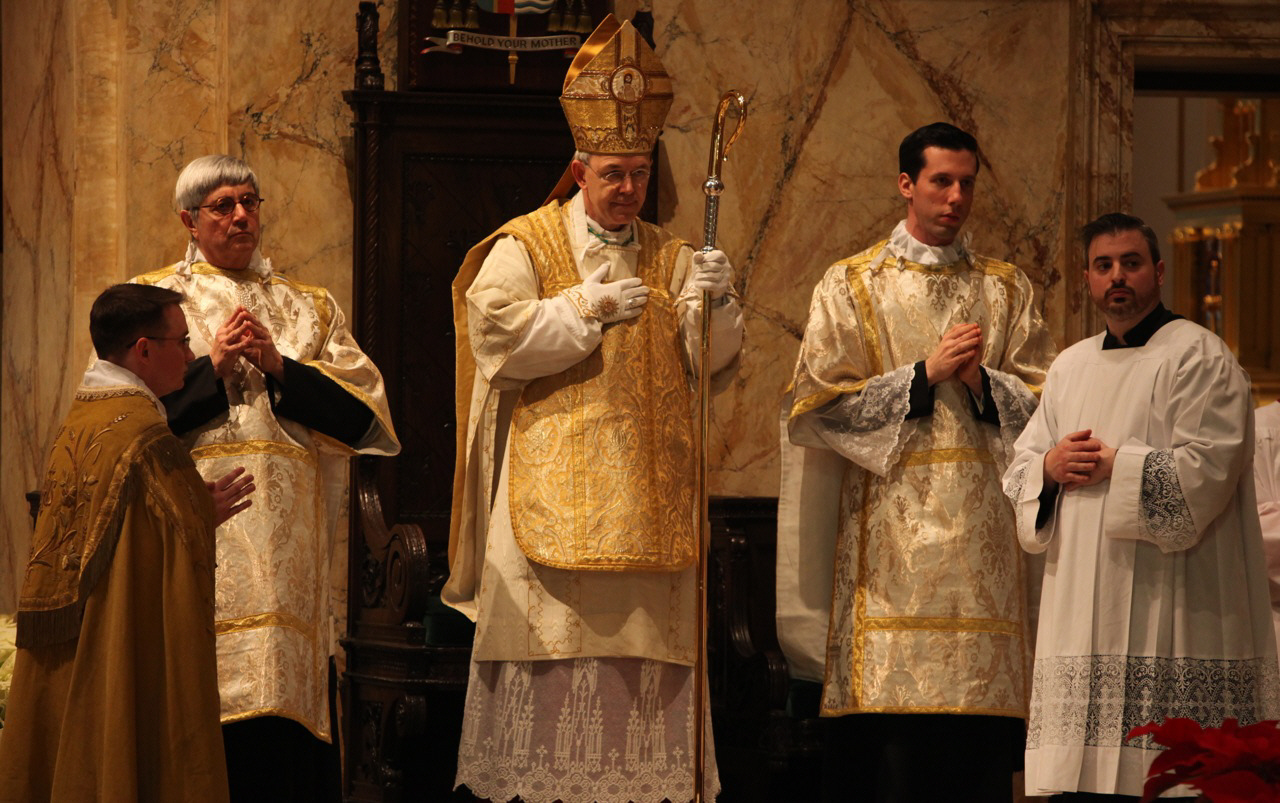
Archives
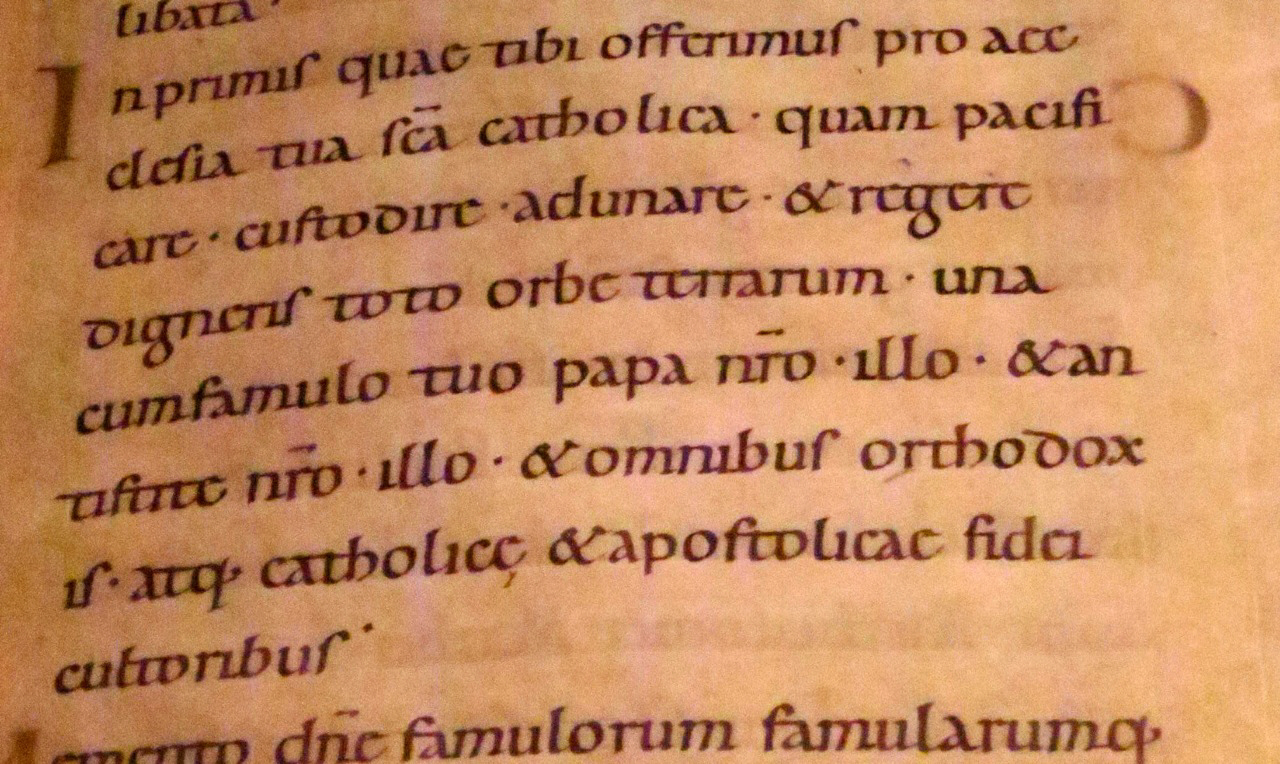
[powr-hit-counter label="2775648"]
